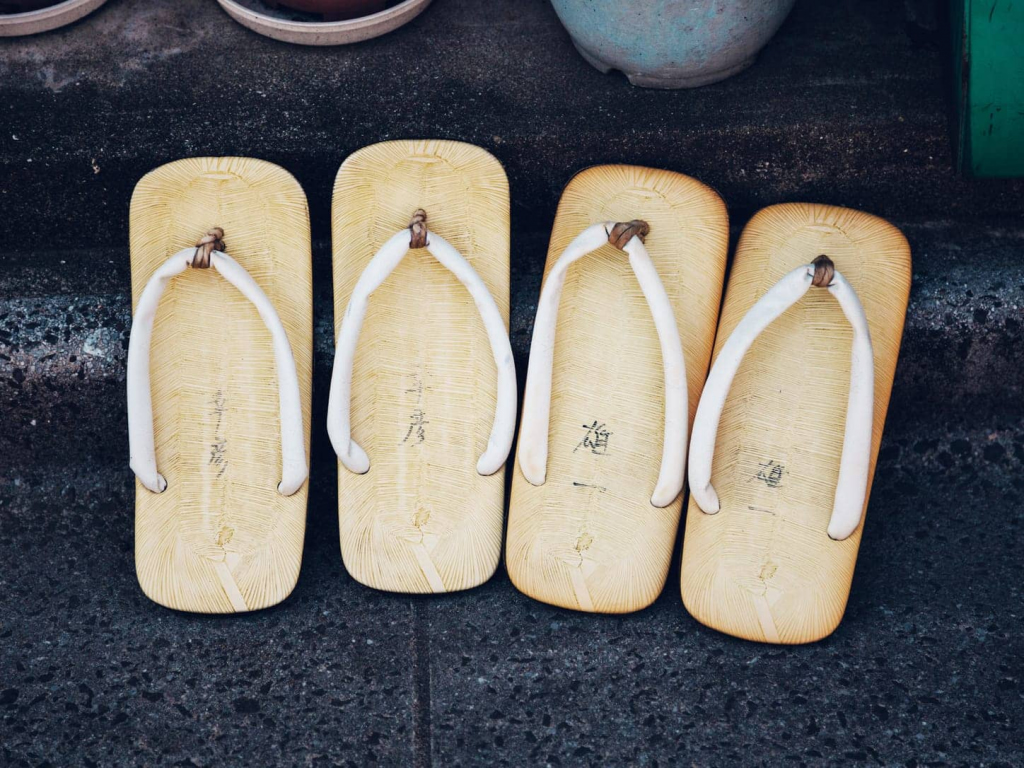Tsukuda isn’t exactly a physical place. It’s more of an idea, a utopia, an idyll. Separated, by means of a simple road, from neighboring Tsukishima – home of the much-loved monjayaki – Tsukuda is like no other place in Tokyo. Tranquil, relaxed and on the Sumida River, the tiny island ebbs and flows along with the nearby water. Five minutes from Tsukiji and Ginza, which are literally across the water and a stone’s throw away from places like Hatchobori and Monzen-Nakacho, it’s a magical hideaway with pockets of enchantment.



Tsukuda was originally a natural sandbank at the mouth of the river. The land was built upon and expanded, in early Edo times, by fishermen from Osaka who were invited to the area by legendary shogun Tokugawa Ieyasu. The area played host to a famous ferry service to and from the mainland and for people coming to pray at the island’s Sumiyoshi Shrine (1-1-14 Tsukuda, Chuo-ku). The ferry service was discontinued in 1964 – the year of the first Tokyo Olympics, as Tsukuda Bridge was finally completed.
Traditional Tastes
Tsukuda is the birthplace of tsukudani – a salty, sweet preserve of ingredients such as fish, shrimp, shellfish and seaweed which have been simmered in soy sauce, mirin, sugar, and salt. It’s often accompanied by rice. There are still a few tsukudani shops in the area such as oldest, Tenyasu (1-3-14 Tsukuda, Chuo-ku) and Tsukuda-gen Tanakaya (1-3-13 Tsukuda, Chuo-ku), which both date back to the early 19th century.

Tenyasu
There is also Yamamoto Shouten (1-2-8 Tsukuda, Chuo-ku), a cute, traditional ice cream and sweet shop as well as a general store which sells alcoholic and non-alcoholic treats. Many amateur fisherman in the area, as well as some domestic tourists, seem to love nothing more than a strong chu-hi or beer to accompany them as the scorching summer heat meets the early evening sunset.
Lady Gaga Has Shopped Here
Immediately after crossing the iridescent Tsukuda Kobashi Bridge (1-6 to 1-8 Tsukuda, Chuo-ku), visitors are usually confronted by a small group of people lined up outside Hideyasu Nakajima’s small, ramshackle store of traditional monozukuri (artisanship). In this case the monozukuri on display is Nakajima’s handcrafted and legendary eight-sided chopsticks and eye-wateringly expensive lacquerware. Lady Gaga and several other celebs are big fans of this place and the shokunin (artisan) has been featured in publications such as GQ and a multitude of respected guidebooks.

One of the charming idiosyncrasies of Tsukuda is the fact that sometimes the stores there are unmanned. The owners naturally trust that customers will always do the right thing and leave payment for anything bought. It’s a legacy from Japan’s rural and agricultural past and something not usually associated with the hustle and bustle of 21st century life in an international city.
Seek and You Shall Find…
In addition to some beautiful and authentic nagaya (wooden houses), the tiny island has some gems hidden away in its nooks and crannies. Tucked down a tiny alleyway between two rows of houses is the Buddhist Tsukuda Tenzai Jizoson, which is the “Guardian Deity of Children” according to a posted sign. It’s a tiny dimly lit room with a huge old tree standing in the middle of it.

As you walk down this atmospheric passageway you are met by the compact Namiyoke Inari Jinja (6-20-37 Tsukiji, Chuo-ku) – devoted to the protection of local fishermen. Further across the island is Sumiyoshi Shrine, the architectural highlight of any visit here. The shrine, established in the 1600s, stands proud across from Tsukuda Park (1-11-4 Tsukuda, Chuo-ku), which is a few minutes from the calming Sumida riverbank, and under the apartment buildings that encircle the island.


Tsukuda Park



Photographs by Stephan Jarvis
Updated On June 30, 2023








